Usage and Testing Continued
The current version of DiskStation Manager is DSM 4.3, which on initial glance does not look too different than DSM 4.2. Numerous packages have been updated including PhotoStation and Cloud Station. Here is a listing of the available packages.
As I mentioned in my opening paragraph for those who are privacy conscious, having a cloud service running on the Synology DiskStation DS1513+ makes your data – yours alone. Cloud Station is a Dropbox style service which allows the syncing of files with a maximum size of up to 10 GB, unlimited accounts and file versioning going back up to 32 revisions. This latest version also offers selective synchronization of files and folders. Like its Dropbox counterpart there are mobile apps for accessing these files for iOS and Android users.
For better control of one’s email, Synology provides a Mail Server, which allows the setup using your own email domain. It is highly customizable and support SMTPS and SSL/TLS secure connection and can access mail service with Active Directory or LDAP domain account. While MailStation is another download from the package center that offers a cost free webmail interface allowing email access anywhere on any browser.
For safe remote browsing having VPN access is always a great option, with the Synology DiskStation DS1513+ you can setup a VPN Server for access to your home network for secure web browsing. Synology offers three protocols – PPTP, OpenVPN and L2TP/IPSec.
Like other Synology NASes, the Synology DiskStation DS1513+ offers numerous multimedia applications including Video Station, Audio Station, Photo Station and my personal favorite – Plex. For more information on these DSM features please check out our Synology DS713+ review.
For the business user the Synology DiskStation DS1513+ provides support for: VMware vSphere 5.1 with VAAI Support, Microsoft Hyper-V, and Citrix XenCenter and support up to 100,000 ADS Users, and 100,000 ADS Group Accounts. Synology has also added MPIO (Multipath I/O), and High Availability that were previously only available to RackStation users.
In addition the four 1Gbps NICs can be configured for: MPIO, iSCSI applications, increased throughput, and network node redundancy; for use in a virtual storage environment.
For testing the DiskStation DS1513+ was used with four Seagate Barracuda 1 TB drives using SHR yielding a capacity of 2.67 TB with 1 disk fault tolerance. For testing NAS Performance Tester 1.4 was used. The Synology NAS was plugged into a Gigabit based network using Netgear WNDR3700 RangeMax Dual Band Wireless-N Gigabit Router with Cat 5e cabling.
Using a 400 MB files size with a loop of five runs yielded an average write speed of 110.73 MB/s and read of 117.31 MB/s. While using a 1 GB file size produced write speeds of 107.13 MB/s and reads of 107.07 MB/s.
Synology’s Hybrid Raid equates to using RAID 5, which will be slower than running RAID 0, but the hit is not significant as you only gain about 5 MB/s in terms of speed. Since the theoretical maximum of a gigabit network is 125 MB/s, that’s pretty good.
Here is a graph of the Synology DiskStation DS1513+ tested with Intel NASPT (Intel NAS Performance Toolkit)
One caveat to testing with this utility is that it is designed to be used with Windows XP 32 bit with 2 GB of RAM, while my test platform was a Windows 7 64 bit system with 8 GB. This may skew the tests, however since the test platform is the same for all NASes being benchmarked, it should provide a relative comparison.
Power consumption is rated at 51 W during hard drive access and 25.75 W while hibernating. In terms of volume, the Synology DiskStation DS1513+ was barely audible in a room with an iMac, PC and Drobo all running.

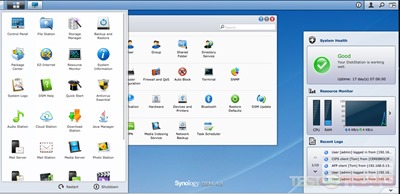
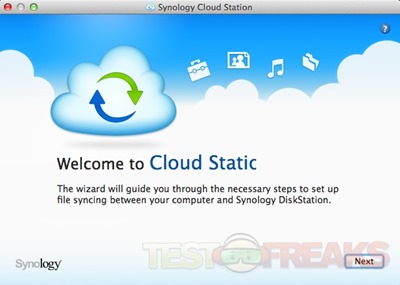
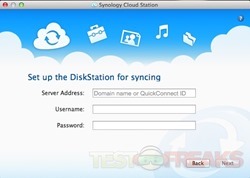
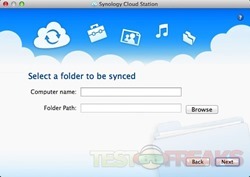
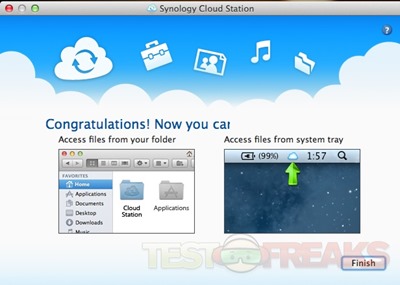
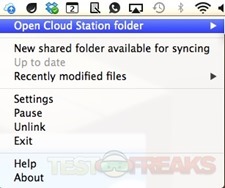
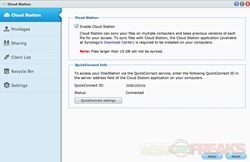
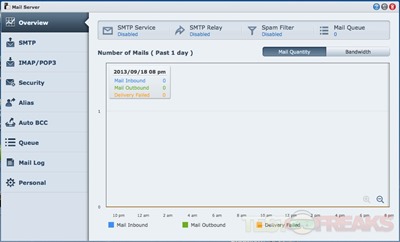
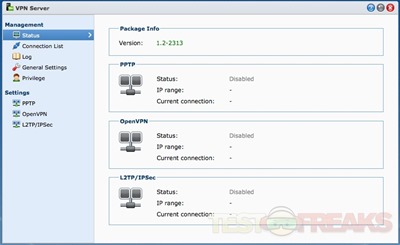
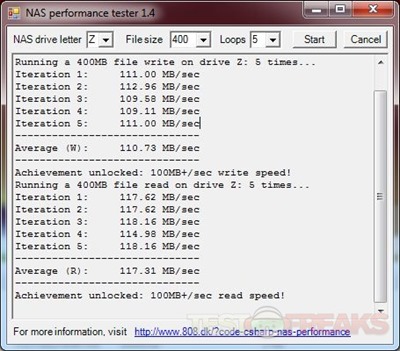

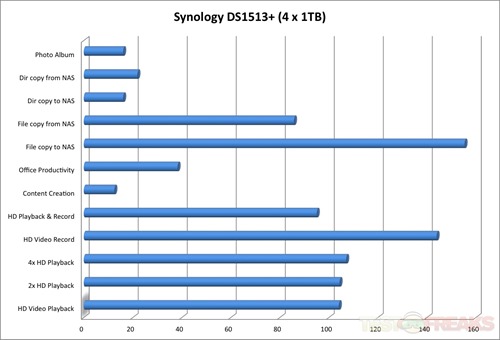
1 comment for “Review of Synology DiskStation DS1513+ NAS”